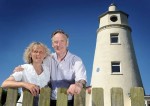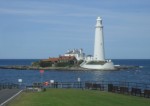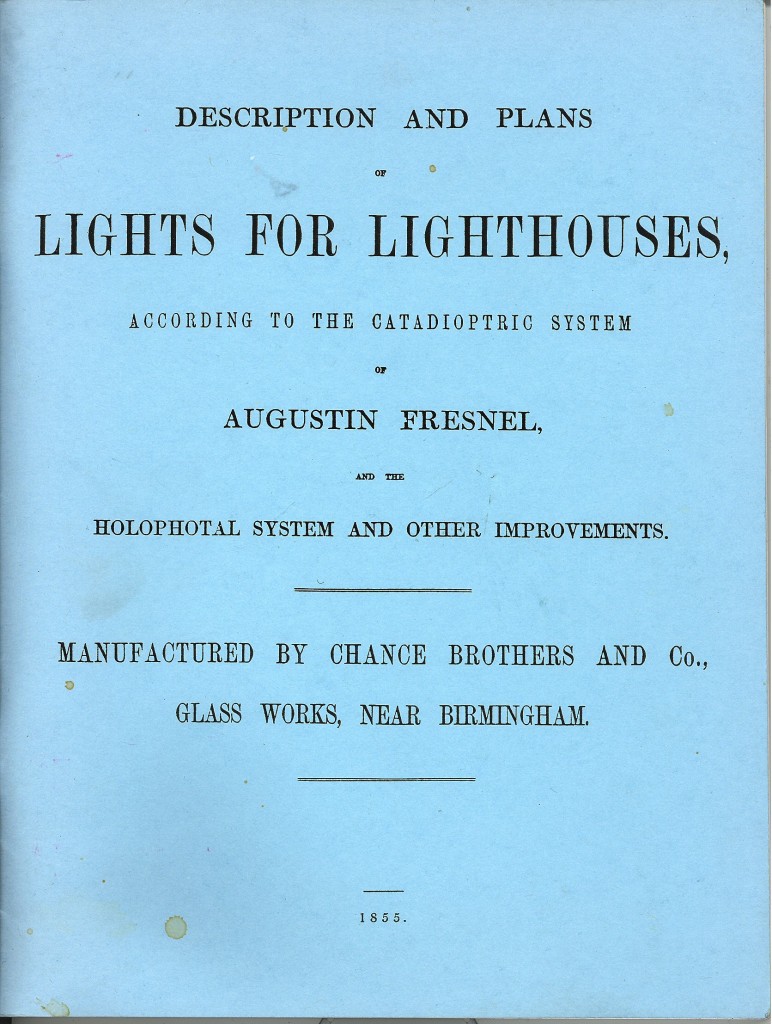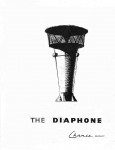For an update on what a Mise Tale is then please see Mise Tales One.
August 07, 2013 – August 7th every year is National lighthouse Day! Please mark it on your calendars so that you can track events next year. Yes, I know, I missed it too! SorrY!
National Lighthouse Day not only commemorates the 1789 act but honors and celebrates the lighthouse – a beacon of light that symbolizes safety and security for ships at sea. – from blog.calendars.com
 Torn Paper Collage Art of Beaches & Sea
Torn Paper Collage Art of Beaches & Sea
Interesting way of creating art – cheap, and very creative!
Massachusetts artist Wanda Edward puts little pieces of paper together to create unique torn paper collage art of beaches and sea. I can’t stop looking at the collages! They are simply magnificent! Similar to a mosaic, torn paper collage art is a composition of small segments. Wanda uses bits of handmade and hand-painted papers, rice paper, book pages, and maps. “The papers are given a pattern and color in advance, but once the piece begins, it relies solely on the colors of the paper,” Wanda says. “You look at the large image first, then you move into the many other layers that create that image.” So take a close look! There’s lots to discover.
Buy Torn paper Collage Art at Ocean Offerings, and other selected stores and galleries listed on Artist Website. Continue reading Mise Tales Twenty-Four









